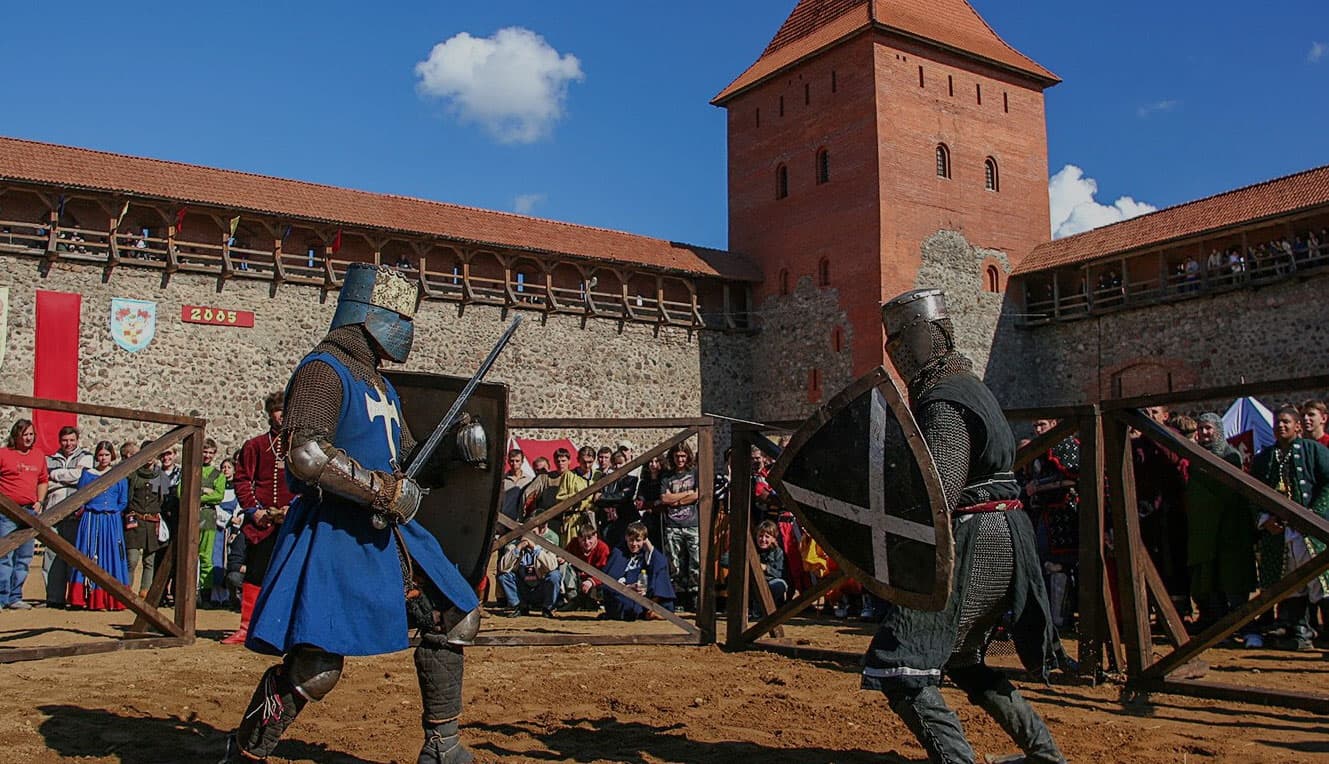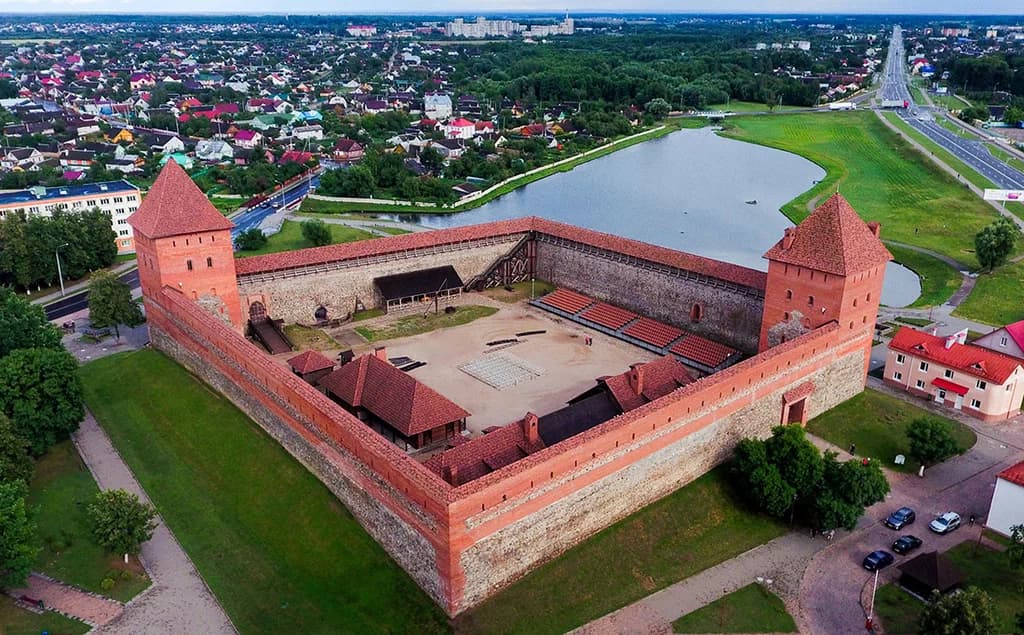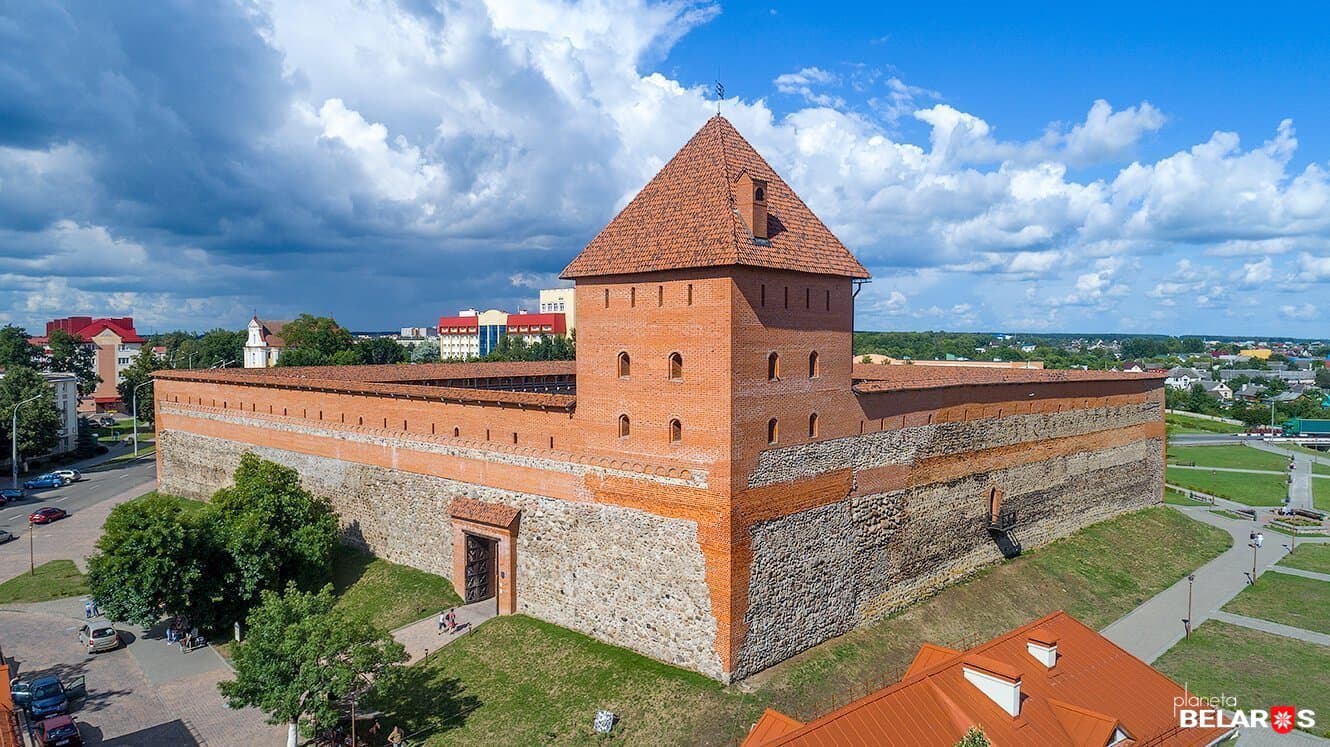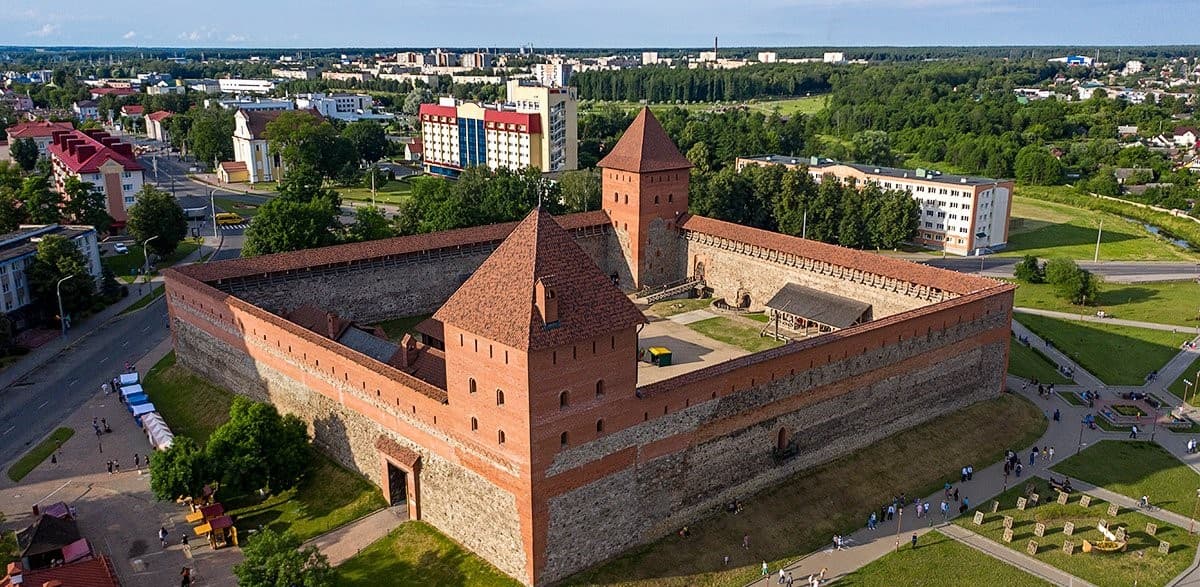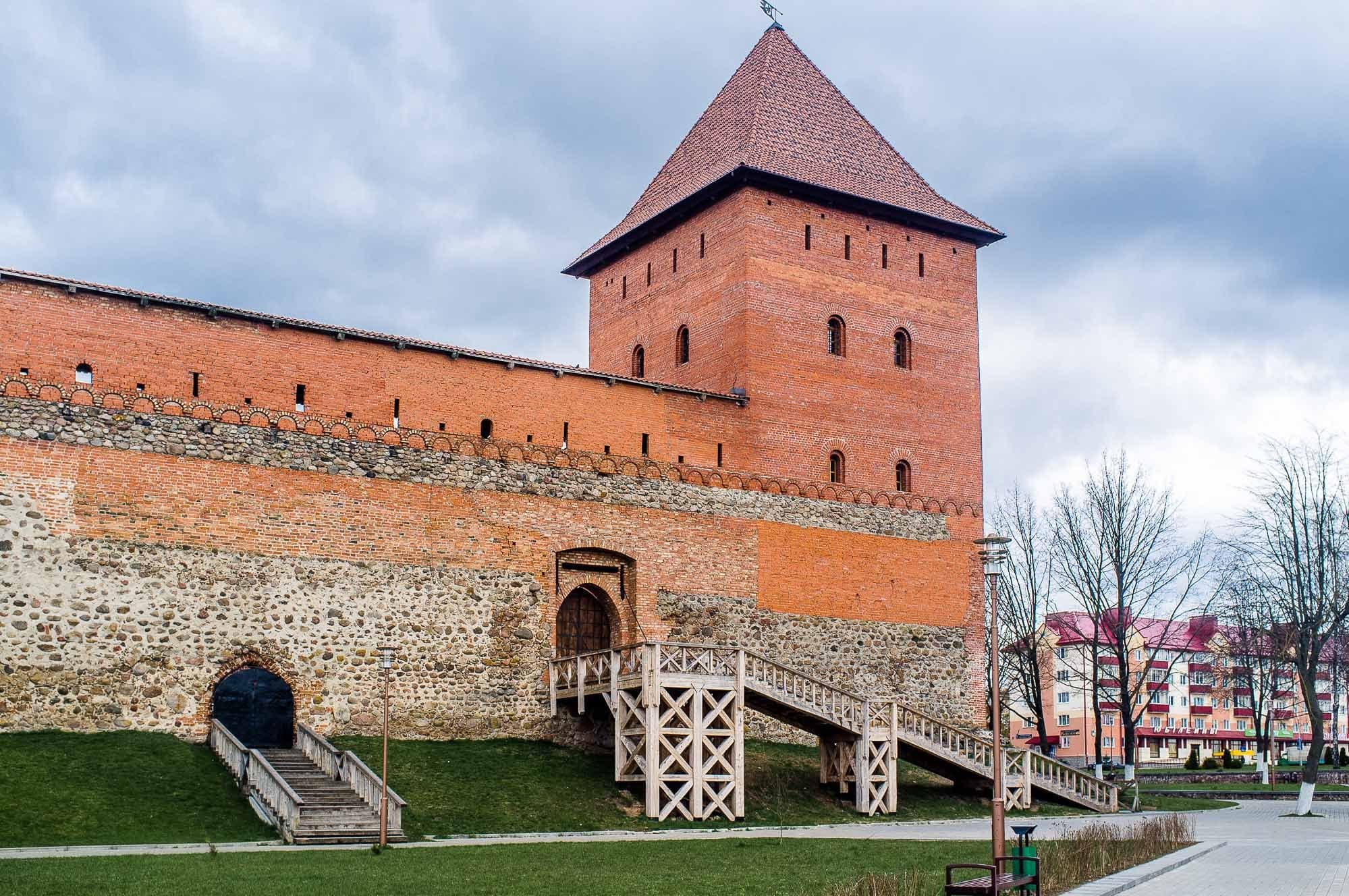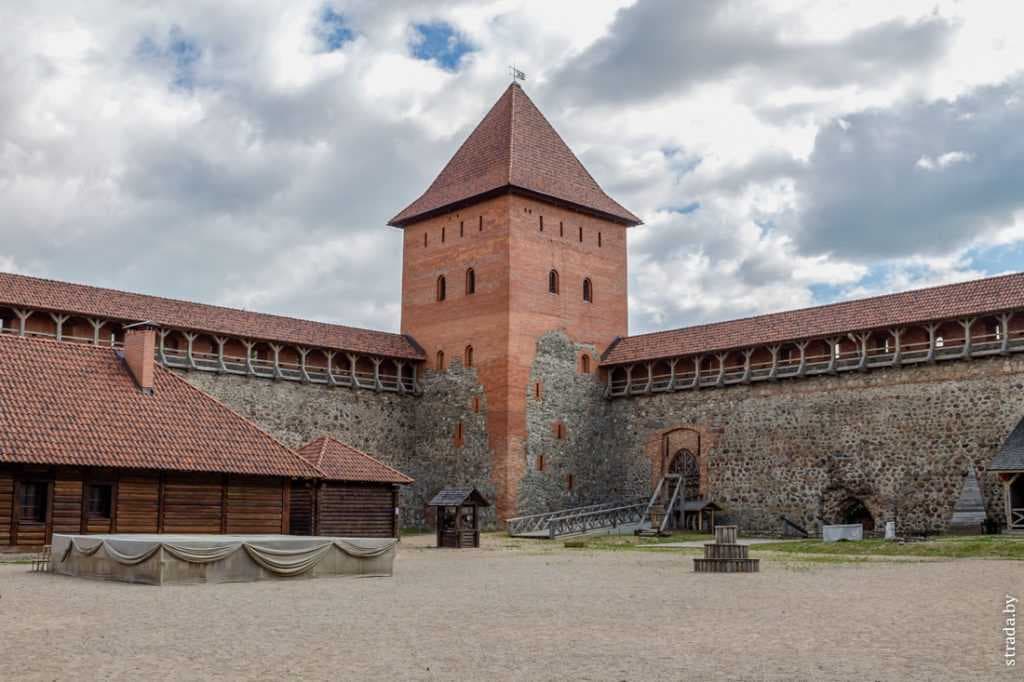Lida Castle
Castle
Belarus, Grodno region, Lida, Zamkovaya street, 1, bldg. 2
Description
A castle in Belarus, in the city of Lida, built in 1323 on behalf of Prince Gediminas. He was part of the line of defense against the crusaders Novogrudok - Krevo - Medniki - Troki.
The castle was built from rubble stone and brick; its plan had the shape of an irregular quadrangle with two corner towers.
In 1955, Lida Castle was included in the list of architectural monuments taken under state protection. In 1985, the Lida Castle was completely preserved. Restoration work has been underway for the last two decades. Currently, the exhibition is located in two towers.
Website:
https://lixmuseum.byCategories
Paid
Architectural monument
Exposition
Historical
Comments
Reviews to the Place
1С Н
12.06.2024
Lida Castle
The pages of the history of Lida Castle begin in 1323. In those days, the Belarusian lands were part of the Grand Duchy of Lithuania and experienced numerous raids by the crusaders. In the hope of protecting his native land from enemy troops, Prince Gediminas gave instructions to build a powerful fortress that would withstand even the strongest blow from the enemy.
The fortress was built in record time - just 7 years. The location was chosen very opportunely: the northern side of the fortress was protected by a moat, and the swampy rivers Lideya and Kamenka surrounded it along its entire perimeter. The moat was 20 m long and created a dividing line between the castle and the city. To strengthen the position of the fortress, a sand hill was created, and a little later a reservoir, the waters of which dried up with the passage of time.
The fortress had a rectangular shape, traditional for those times. All its power was “laid” in the walls: they rose 14 m in height and were 1.5-2 m thick. The materials for the massive walls were brick and rubble stone, which made them practically impenetrable. There were two observation towers in the corners, from where surveillance was carried out along the entire perimeter. At the top of the walls there was a battle passage with loopholes, to which a steep wooden staircase led. The arched loopholes housed crossbowmen, while the rectangular ones were intended for archers.
Despite the fact that the castle occupied a small area of only 0.9 hectares, its walls housed not only defensive structures, but also weapons warehouses, residential and utility buildings. An Orthodox church was built in the castle courtyard, which was moved to the city in 1533, as well as a courthouse, an archive, cattle pens and even prison penates. Living quarters were located on the upper floors of the towers.
The castle became a powerful fortification and entered the line of defense of Novogrudok - Krevo - Medniki - Troka, which challenged the crusaders. The impressive garrison consisted of trained knights who were always ready to repel the enemy's advance. However, not only soldiers and residents of Lida, but also neighboring settlers found refuge within the walls of Lida Castle. The palace itself passed from one noble ruler to another. After Gediminas, Olgerd and then Jagiello, prince not only of the Grand Duchy of Lithuania, but also of the Polish Principality, became governors.
It was not large-scale wars that became destructive for Gediminas’s castle, but the element of fire. In 1892, a major fire broke out and consumed most of the buildings and the town hall. The authorities and residents of the city had no choice but to tear the fortress literally brick by brick in order to restore the city. The southwestern tower was completely dismantled, only fragments remained of the western wall.
In the 1920s, the castle buildings were slightly renovated by Polish restorers. In place of the damaged northwestern corner, a wooden gate appeared, through which one could enter the castle courtyard.
In 1955, the fortress was awarded the title of architectural monument, and the state took it “under its guardianship.” After 30 years, complete conservation of the building was announced. Archaeological research has been carried out here, and since 2006, larger-scale restoration work has been carried out. Now the castle has become a center for knightly festivals. Currently, the exhibition is located in 2 towers.

